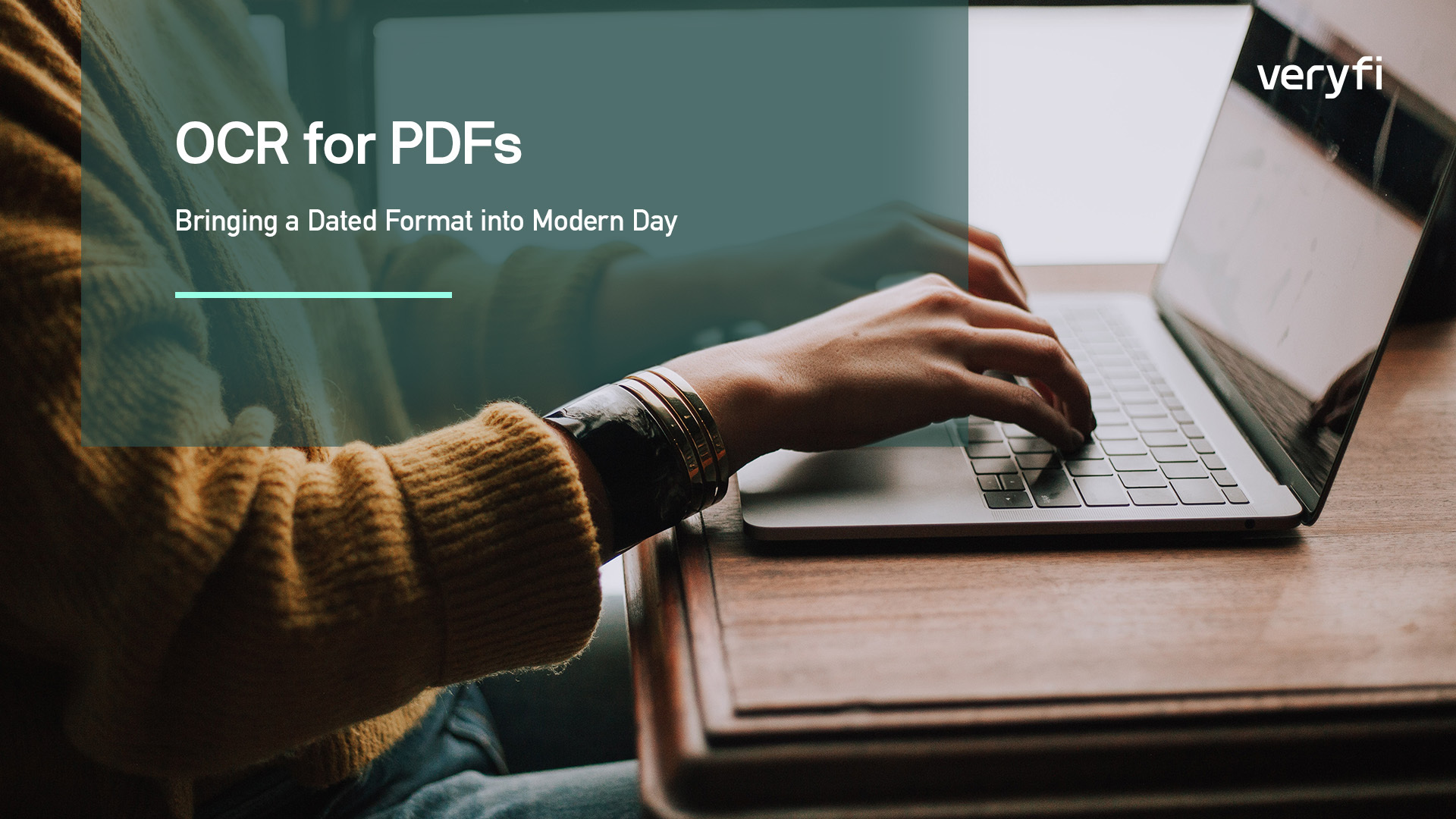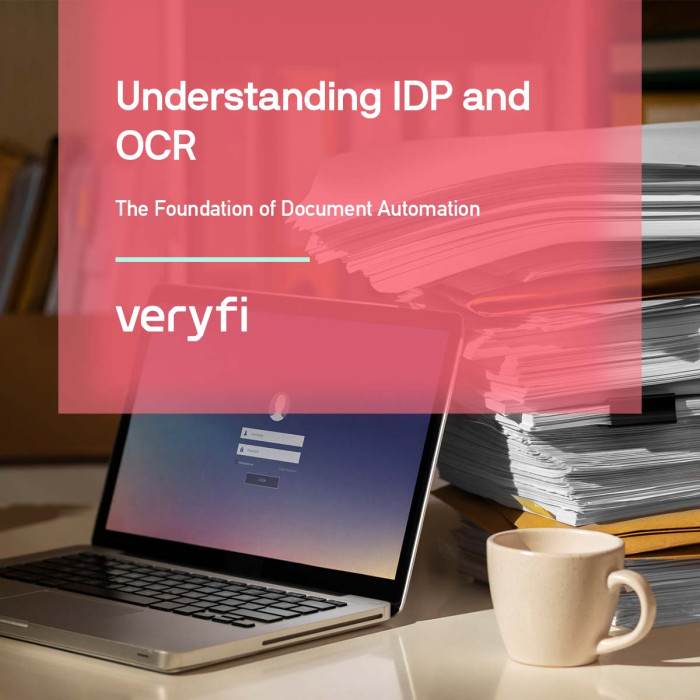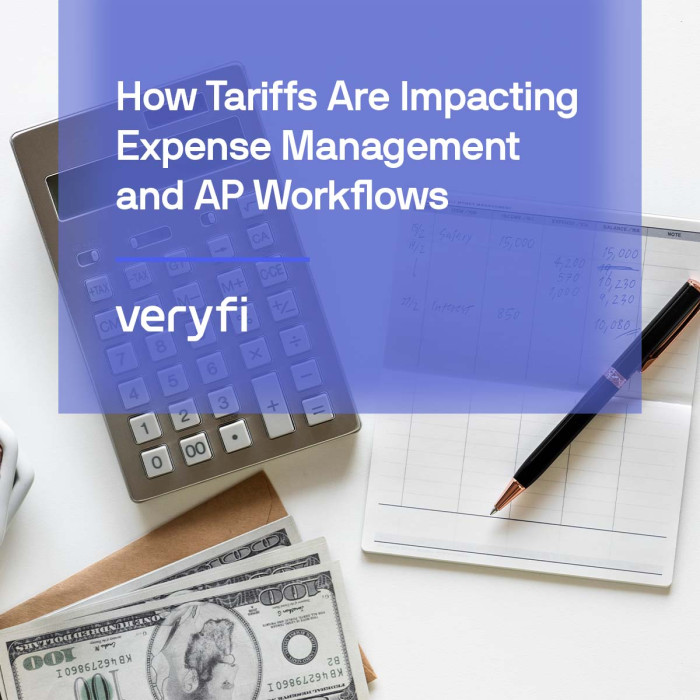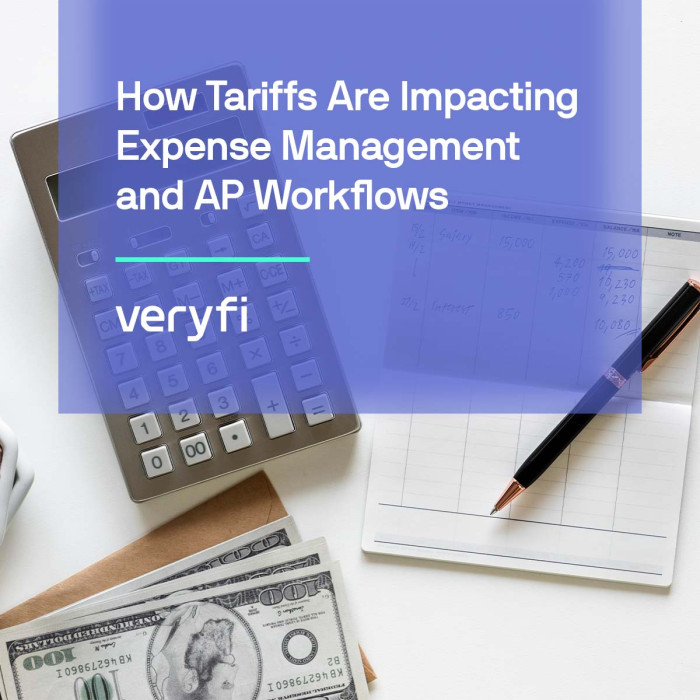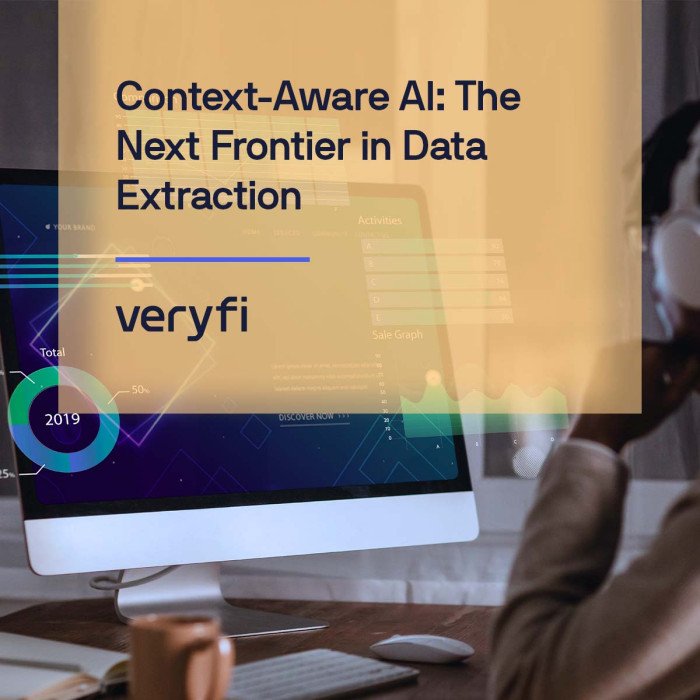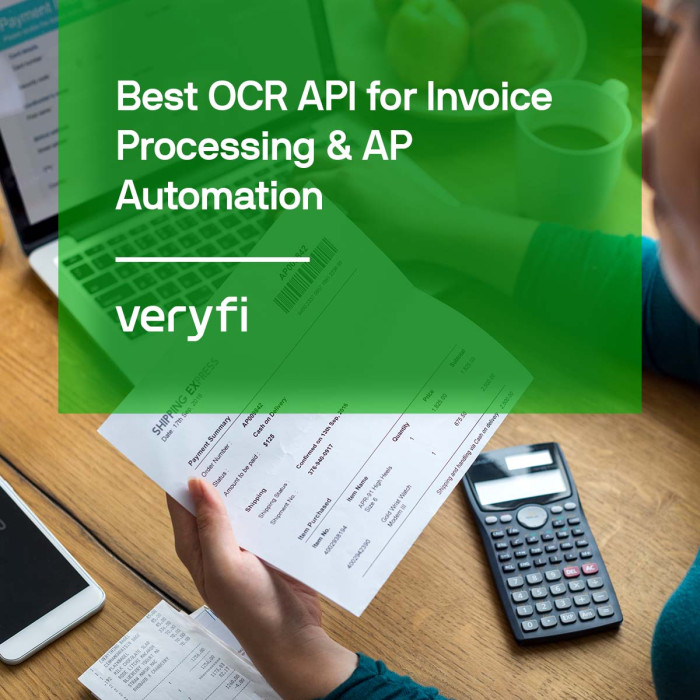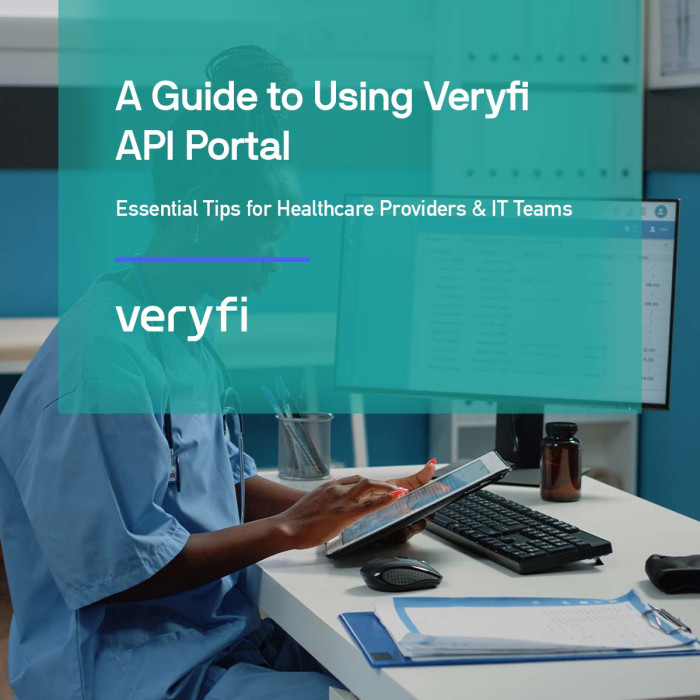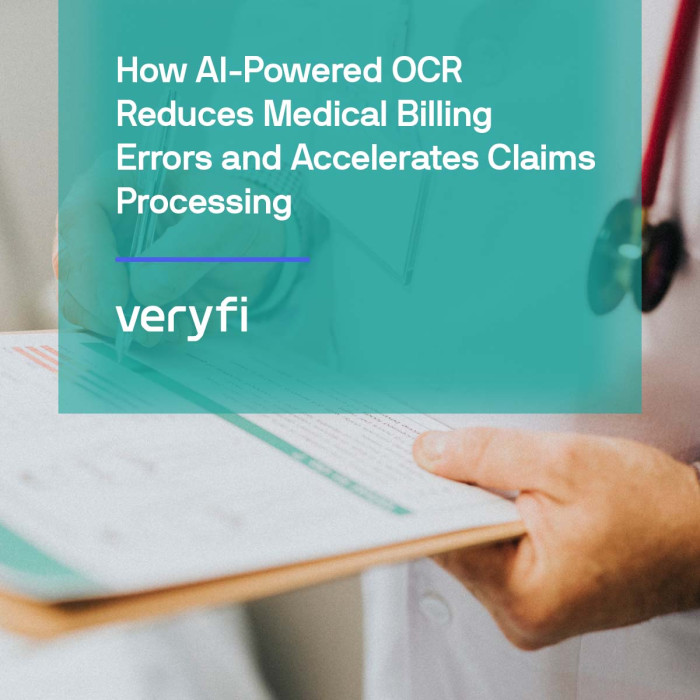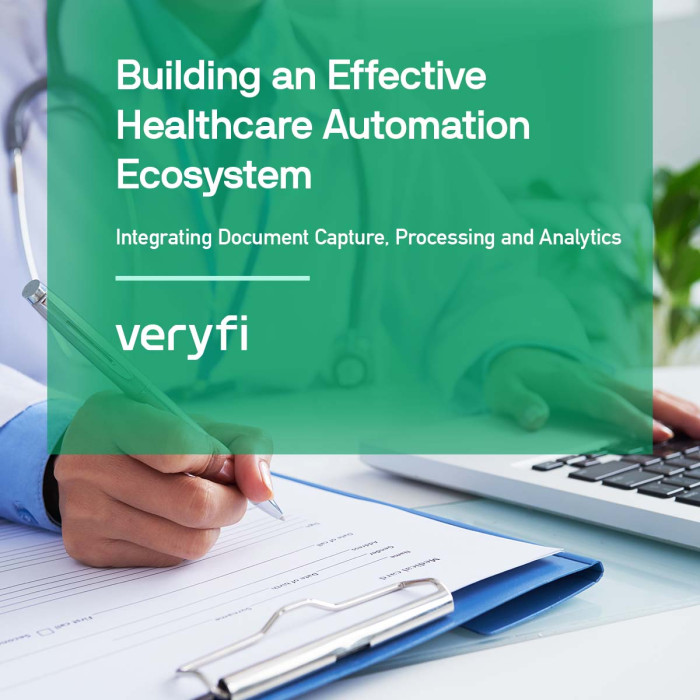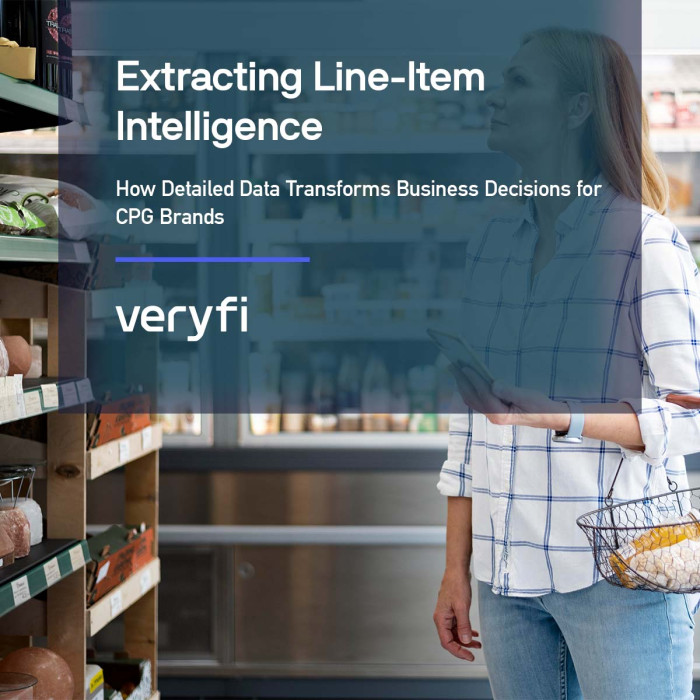Bringing a Dated Format into Modern Day
Back-office workers spend an average of 35% of their time on repetitive tasks, which include manual data entry, according to a study conducted by Accenture in 2021. The reason can be summarized in one word: PDFs.
PDF (Portable Document Format) is a file format used to present and exchange documents reliably, independent of software, hardware, or operating system. It was developed to share documents, including text formatting and inline images, among computer users of disparate platforms who may not have access to mutually-compatible application software.
A Brief History of PDFs
PDFs were created in the early 1990s by a research and development team called Camelot. Led by Adobe’s co-founder John Warnock, PDSs were designed as a way to preserve the visual integrity of documents across different computer systems. Warnock wrote a six-page white paper on the challenge. He writes, “These documents should be viewable on any display and should be printable on any modern printers,” he wrote. “If this problem can be solved then the fundamental way people work will change.”
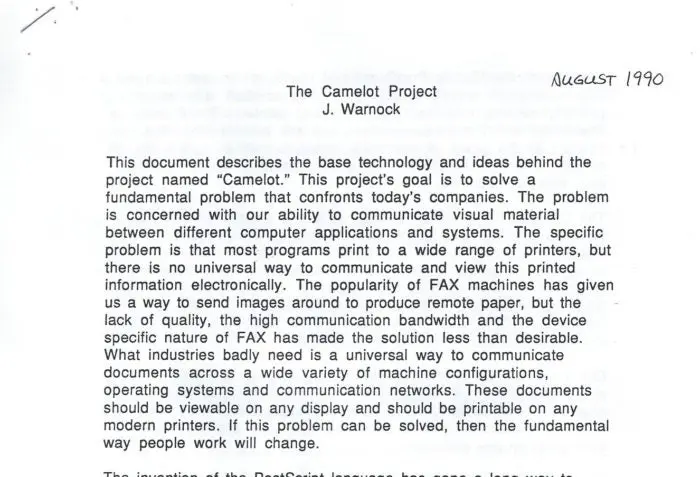
PDFs gained popularity for sharing documents online as the internet spread. They are widely used due to compatibility, ease of use, and printability. In today’s business landscape, however, PDFs can be challenging with cloud tech and automation. Despite limitations, PDFs are still used, and AI-driven OCR can solve data extraction efficiently.
Common PDF Documents in Business
Initially, PDFs were for printing, enabling authors to specify appearance independently. They gained popularity in publishing, government, and legal for document fidelity. Today, PDFs provide a reliable way to share and store docs in business. They’re used for creating reports, presentations, and archiving contracts. Understanding PDF types and optimizing their use improves efficiency and productivity.
OCR for PDFs Use Cases
OCR (Optical Character Recognition) technology extracts data from PDFs, including invoices, receipts, forms, and contracts. Common uses for OCR on PDFs for data extraction include:
Invoices: OCR technology can be used to extract data from invoices, such as the vendor name, invoice number, and line item details. This can help automate the accounts payable process and reduce errors in data entry.
Receipts: OCR technology can be used to extract data from receipts, such as the date, merchant name, and purchase amount. This can help automate expense reporting and make it easier to track expenses.
Forms: OCR technology can be used to extract data from forms, such as application forms, survey forms, and registration forms. This can help automate data entry processes and reduce errors.
Contracts: OCR technology can be used to extract data from contracts, such as the parties involved, the terms of the agreement, and important dates. This also includes bills of lading and purchase orders. This can help streamline the contract management process and make it easier to search for specific information.
Resumes: OCR technology can be used to extract data from resumes, such as the candidate’s name, contact information, and work experience. This can help automate the recruiting process and make it easier to manage candidate data.
OCR tech revolutionized data extraction from PDFs, streamlining document management. PDFs have limitations like difficulty editing, specialized software requirements, and hindering collaboration. It’s worth noting, however, that PDFs come with their limitations, such as being difficult to edit, requiring specialized software to create or modify, and potentially hindering collaboration.
PDF Limitations
PDFs are widely used for their ability to preserve document visual integrity, but they have pitfalls related to compatibility with different software, editing, extraction of information, and accessibility. These issues can cause frustration and inefficiencies for users, making it crucial to be aware of them and make informed decisions about using PDFs.
Limited editing capabilities
PDFs are designed to be static documents, which means they are not intended for extensive editing. While it is possible to make minor edits to a PDF using software such as Adobe Acrobat, making significant changes can be challenging.
Not always accessible
While PDFs can be made accessible using techniques such as OCR, they are not inherently accessible. This can be a significant limitation for users with visual impairments or other disabilities.
Large File Sizes
Depending on the content of the PDF, the file size can be quite large, which can make them challenging to share or download, particularly if internet speeds are slow.
Compatibility Issues
While PDFs are generally compatible with most devices and operating systems, there can be compatibility issues when opening or viewing PDFs created using older versions of software.
Security Risks
PDFs can be password-protected, but they can still be vulnerable to security risks, such as malware or hacking.
Limited Interactivity
While PDFs can include hyperlinks, multimedia, and forms, they are not well-suited for interactive content, such as animations or interactive graphics.
In general, PDFs serve as a valuable file format for various applications; however, certain restrictions should be taken into account when using them for specific purposes. These limitations can be summed up in three phrases: sluggishness, susceptibility to errors, and susceptibility to unauthorized access of confidential information.
Bringing PDFs Into the Future
OCR enables searchable, editable, and accessible digital documents, and PDFs are a common file format for them. Together, OCR and PDFs offer a powerful solution for managing digital documents. OCR converts scanned images, like those in PDFs, into machine-readable characters that computers can understand. PDFs have been popular for over 30 years, and combining them with OCR technology enhances their functionality.
Make PDFs Interactive
PDFs can be made more interactive by incorporating multimedia elements such as videos, audio files, and animations. This can enhance the user experience and make the content more engaging.
Use Responsive Design
With the rise of mobile devices, it’s important to ensure that PDFs are optimized for smaller screens. Using responsive design techniques can ensure that the content is easily readable on a variety of devices.
Make PDFs Accessible
As mentioned earlier, PDFs can be made accessible using techniques such as OCR. It’s essential to ensure that PDFs are accessible to users with disabilities to ensure that they can access the content.
Use Digital Signatures
PDFs can be digitally signed, which can improve security and reduce the need for physical signatures. This can streamline document signing processes and make them more efficient.
Integrate With Other Software
PDFs can be integrated with other software, such as document management systems or electronic signature software. This can help automate workflows and make it easier to manage and sign documents.
Use Encryption
PDFs can be encrypted to ensure that the content remains secure. This is particularly important for sensitive documents that contain confidential information.
Overall, there are many ways to bring PDFs into the future and make them more functional and useful. By incorporating multimedia elements, using responsive design, making them accessible, integrating with other software, and using encryption, PDFs can continue to be a valuable file format for digital documents for years to come.
Extract Data From Your PDFs in Seconds
Back office workers spend significant time on manual data entry due to large volumes of data captured in paper or unstructured formats, which require inefficient manual input. Legacy systems may also require manual input for digital data. Automation technologies like OCR can streamline the process and free up employees for higher-value tasks.
The Veryfi Solution
Veryfi’s OCR API Platform allows organizations to process large volumes of documents. They can be scanned with AI-driven OCR technology so that unstructured data can be extracted, categorized, and processed into structured data. The time spent entering manual data can be spent on more complex tasks. Additionally, Veryfi’s OCR API Platform allows organizations to:
- Accelerate back office workflows by 200x and liberate your team’s potential to focus on work that truly matters.
- Day 1 Accuracy™ to deliver the industry’s best time to value, reducing error rates by up to 10%.
- Unlike the industry giants, you can integrate Veryfi in days, not months – no templates required.
Interested in clearing up your backlog of documents? Want to free your team from hours of manual data entry so they can do more meaningful work? If you’re ready to streamline your accounts payable operations, create a free account, get a demo, or try our free web demo and see how our AI-driven OCR API Platform instantly turns documents into data.
